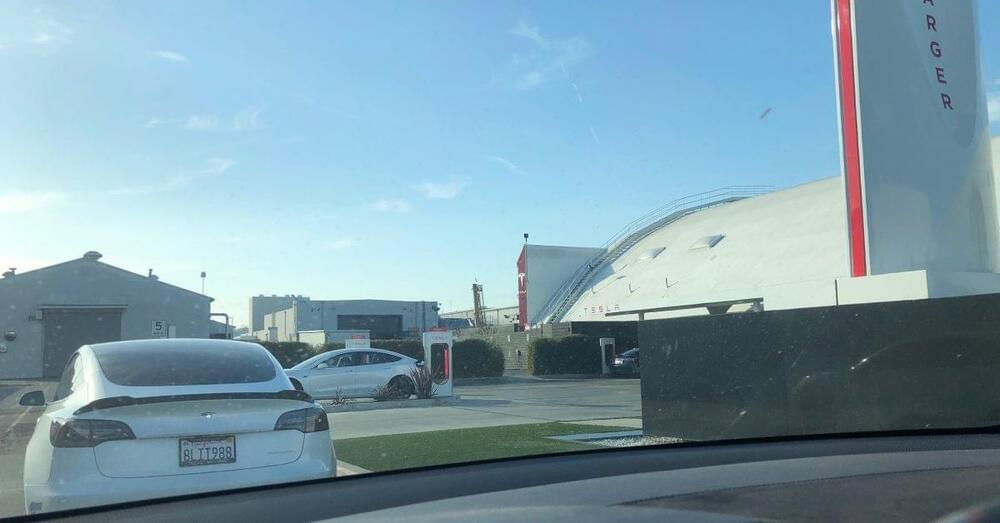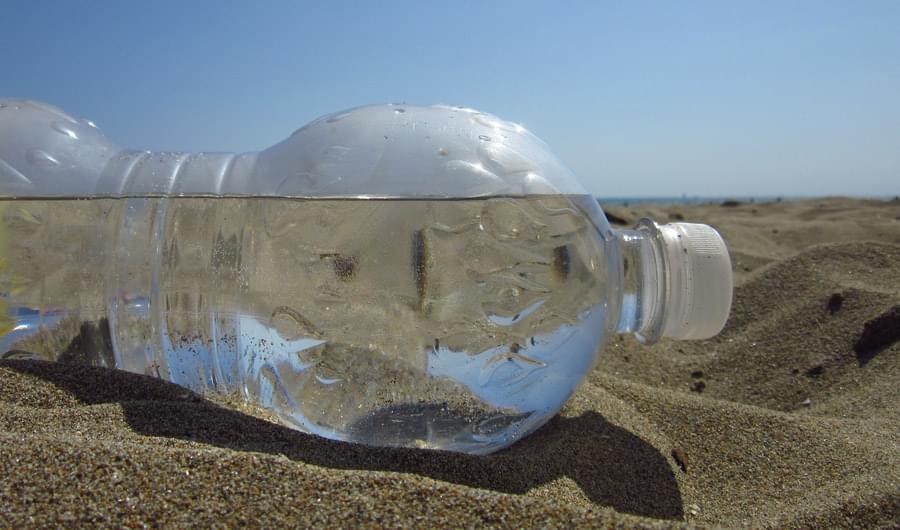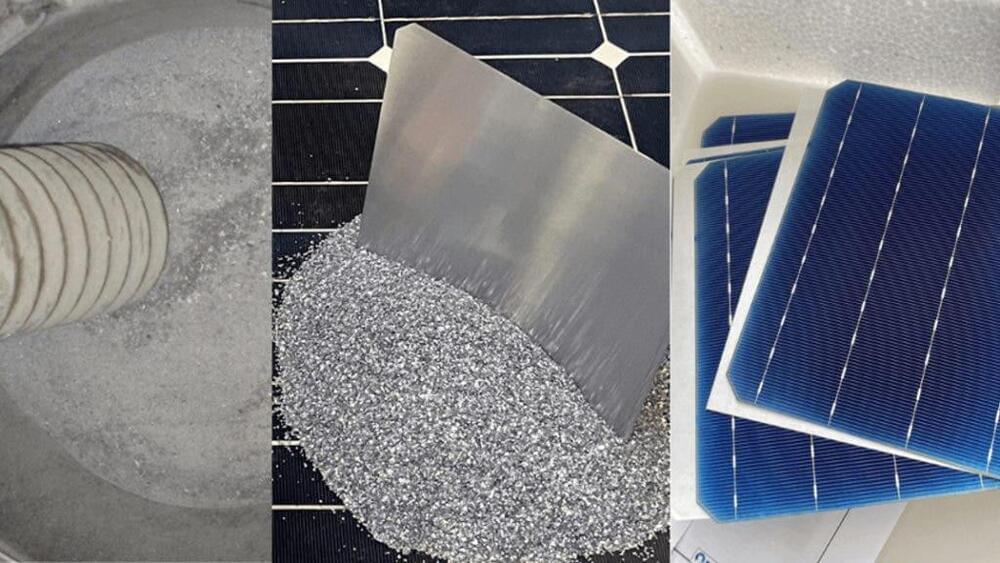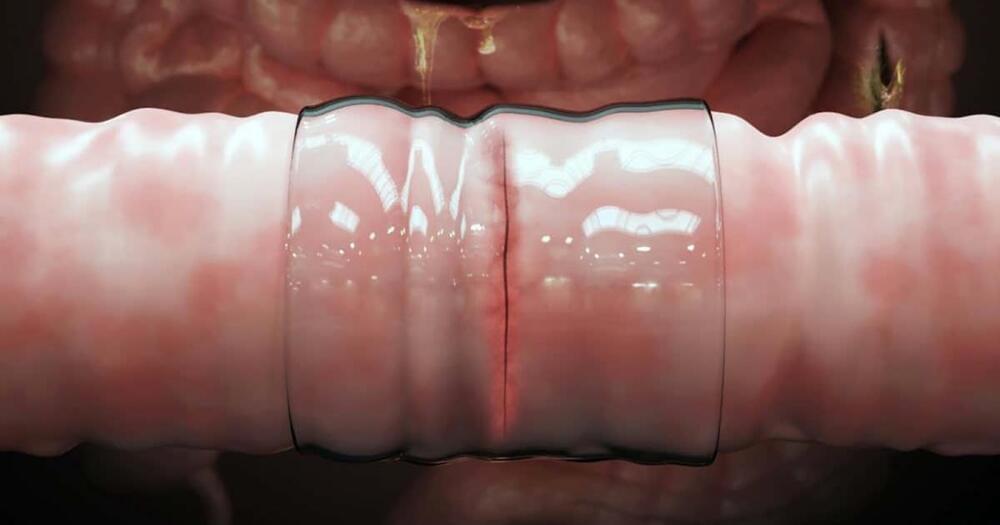We now know the power that political leaders can wield when the challenge demands it giving us the means to combat climate change.



Tesla is planning to build its new design center in Beijing later this year, according to a new document released by the Chinese government.
Shortly after announcing Gigafactory Shanghai, Tesla made it clear that it not only wants to tap into China’s incredible capacity in manufacturing, but it also wants to take advantage of the country’s incredible engineering and design talent.
In early 2020, Tesla announced plans to establish a new R&D center and a new design center in China to build “a Chinese-style” electric car.

Researchers from Chalmers University of Technology have produced a structural battery that performs ten times better than all previous versions. It contains carbon fiber that serves simultaneously as an electrode, conductor, and load-bearing material. Their latest research breakthrough paves the way for essentially ’massless’ energy storage in vehicles and other technology.
The batteries in today’s electric cars constitute a large part of the vehicles’ weight, without fulfilling any load-bearing function. A structural battery, on the other hand, is one that works as both a power source and as part of the structure – for example, in a car body. This is termed ‘massless’ energy storage, because in essence the battery’s weight vanishes when it becomes part of the load-bearing structure. Calculations show that this type of multifunctional battery could greatly reduce the weight of an electric vehicle.
The development of structural batteries at Chalmers University of Technology has proceeded through many years of research, including previous discoveries involving certain types of carbon fiber. In addition to being stiff and strong, they also have a good ability to store electrical energy chemically. This work was named by Physics World as one of 2018’s ten biggest scientific breakthroughs.

Stephen Hawking made terrifying predictions of the future. Based on science, the late British physicists predicted several things that could happen on Earth, from the rise of powerful Artificial intelligence to fearful robots poised to destroy humankind. Hawking also spoke about how it was dangerous to search for aliens and how global warming could destroy Earth as we know it.
However, Stephen Hawking also spoke about how abrupt advances in genetic science could lead to creating a future generation of superhumans that could eventually destroy humanity as we know it.
In recently published papers, Prof. Hawking predicted that an elite class of physically altered, intellectually powerful humans could come into existence from rich people choosing to edit their existing DNA and manipulate future generations’ genetic markup.
Circa 2021
Nissan and Waseda University in Tokyo have been working together since 2017, and today, they announced that they are starting the testing of a recycling process that recovers high-purity, rare-earth compounds from electric vehicle motor magnets.
First, they heat a used motor to 2,552F (1,400C) to melt it down. Then iron oxide is added to oxidize the rare-earth elements (REEs).
Next, a small amount of borate-based flux, which can dissolve rare-earth oxides and recover REEs efficiently, is added to the molten mixture.
Tesla has released a quick sneak peek of the paint shop inside Gigafactory Berlin, which the automaker has been taunting as “its most advanced paint shop” yet – and it should enable new colors.
It’s literally has been years since Tesla has launched a new vehicle paint color.
Back in the early days of the Model S, Tesla used to offer a variety of colors, but the automaker decided to streamline options, and it now offers only a handful of color options that have remained the same for the last few years.

Circa 2017
(Inside Science) — On the fictional Star Wars planet Tatooine, moisture farmers erect tall white structures called vaporators to pull valuable water from the desert air. Now researchers on planet Earth have built a device to perform the same basic task. They estimate a suitcase-sized version could harvest enough drinking water per day for a family of four. The device is described in a paper published in the journal Science.
The team, made up of scientists from the University of California, Berkeley and the Massachusetts Institute of Technology in Cambridge, expects the device to be most useful in arid regions and in areas where the traditional water supply is polluted. The system relies on the unique properties of a relatively new type of material called a metal organic framework, or MOF.
MOFs were originally created in the mid-1990s by stitching together metal clusters and organic, or carbon-containing, molecules to form a fine porous structure. The tiny pores help the materials absorb large amounts of liquids or gases.

Fraunhofer ISE has developed a process for recycling the silicon in old solar panels.
The big knock on new technology like electric cars and solar panels is that they are not recyclable. People haven’t cared a flying fig leaf about recycling stuff for the past 100 years. If they did, citizens would be at the gates of the corporate headquarters of Nestlé, Coca Cola, and Pepsi with flaming torches and pitchforks demanding they stop inundating the Earth with their endless profusion of waste products.
But suddenly, people are all atwitter about what will happen to the batteries of electric cars. Fearmongers on the internet are telling people they will have to drive their old electric cars into lakes and rivers when they stop working. The amazing thing is, people believe that codswallop and repeat it to their friends as if it were carved on the stone tablets Moses brought down with him when he descended the mountain. So much for public education making people smarter.
Another cry you hear from the anti-technology crowd is that millions of old solar panels will be dumped into landfills to fester for centuries. Horse-puckey! Do we need a way to recycle solar panels? Yes, we do. And are responsible adults working on such systems as we speak? Yes, they are. Calm down, people. Everything you read on Twitter or Facebook is not gospel. And let’s not get started on the deliberate misinformation spewed by the talking heads on Faux News 24 hours a day.
